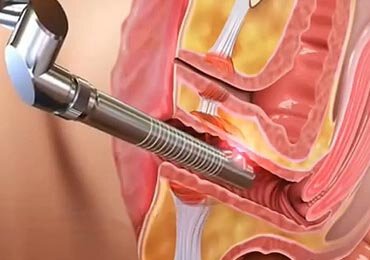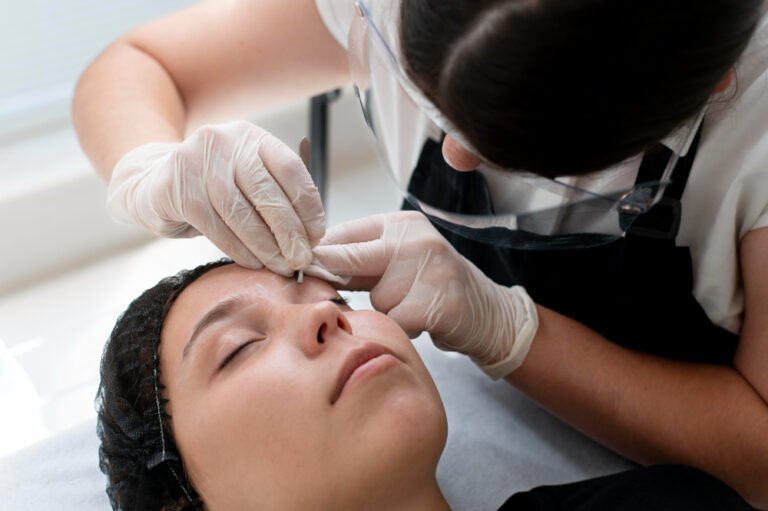As vaginal rejuvenation gains traction as a non-surgical solution for vaginal laxity, dryness, and related pelvic health issues, many patients and providers are keenly interested in the safety and regulatory status of the devices used. Understanding the role of the U.S. Food and Drug Administration (FDA) in approving or clearing medical-grade vaginal rejuvenation technologies is critical to making informed decisions.
This article explores the FDA approval landscape, what it means for patients, and which devices currently hold clearance for vaginal rejuvenation treatments.
🔍 What Does FDA Approval or Clearance Mean?
- FDA Approval typically refers to a device or treatment undergoing a rigorous premarket approval (PMA) process, demonstrating safety and efficacy for a specific indication.
- FDA Clearance usually involves the 510(k) pathway, meaning the device is deemed substantially equivalent to an existing legally marketed device.
- Some devices are marketed under “off-label” use, meaning the device is FDA-cleared for one purpose but used by clinicians for vaginal rejuvenation without specific FDA approval for that indication.
⚙️ Types of Medical-Grade Vaginal Rejuvenation Devices
1. Fractional CO₂ Lasers
- Devices like the MonaLisa Touch® and FemiLift® use fractional CO₂ laser technology.
- These lasers deliver controlled micro-ablative pulses to stimulate collagen remodeling.
- Several CO₂ laser devices have received FDA clearance for gynecological indications, including treatment of vaginal atrophy symptoms related to menopause.
2. Erbium YAG Lasers
- Devices such as IntimaLaser™ use non-ablative Er:YAG laser technology.
- FDA clearance status varies; some devices are cleared for skin resurfacing but used off-label for vaginal rejuvenation.
- This technology is known for precise heating without ablation.
3. Radiofrequency (RF) Devices
- RF devices like ThermiVa® and Votiva® use controlled radiofrequency energy for vaginal tissue tightening.
- ThermiVa® has received FDA clearance specifically for skin tightening and is commonly used off-label for vaginal rejuvenation.
- RF is generally considered safe and effective with minimal downtime.
4. Other Technologies
- Emerging devices use combinations of laser and RF or incorporate platelet-rich plasma (PRP) injections alongside energy-based treatments.
- FDA clearance status varies widely among these newer technologies.
✅ FDA-Approved or Cleared Devices for Vaginal Rejuvenation
- MonaLisa Touch®: FDA cleared for treatment of vaginal atrophy and genitourinary syndrome of menopause.
- FemiLift®: FDA clearance for gynecological treatments including vaginal tissue remodeling.
- ThermiVa®: FDA cleared for dermatological skin tightening, commonly used off-label for vaginal rejuvenation.
- Some CO₂ and RF devices have FDA clearance for related uses (skin tightening, dermatology) but may be used off-label for vaginal applications.
⚠️ Important Considerations for Patients
- Off-Label Use Is Common: Many vaginal rejuvenation treatments are performed with devices cleared for other indications, used off-label by experienced clinicians.
- Safety Depends on Provider Expertise: Proper training and experience in using these devices for vaginal treatments are crucial to avoid complications.
- Beware of Unregulated Devices: Patients should avoid devices without FDA clearance or those marketed directly to consumers without medical supervision.
- Ask Providers About FDA Status: Patients have the right to inquire about the device’s FDA approval or clearance and how it relates to their specific treatment.
🩺 Why FDA Clearance Matters
- Assures Minimum Safety Standards: Clearance indicates the device meets basic safety and effectiveness criteria.
- Regulates Marketing Claims: Providers cannot legally advertise unapproved uses as “FDA approved.”
- Guides Clinical Use: FDA clearance helps clinicians understand appropriate indications and treatment protocols.
- Protects Patients: Ensures oversight on manufacturing quality and post-market surveillance.
🔍 Summary Table
| Device Type | FDA Approval/Clearance Status | Typical Indications | Common Usage in Vaginal Rejuvenation |
|---|---|---|---|
| Fractional CO₂ Lasers | FDA cleared for vaginal atrophy (some) | Vaginal atrophy, GSM, tissue remodeling | Widely used, some devices FDA cleared |
| Erbium YAG Lasers | FDA cleared for skin resurfacing (varies) | Skin resurfacing, off-label vaginal use | Common off-label application |
| Radiofrequency Devices | FDA cleared for skin tightening (some) | Skin tightening, laxity treatment | Used off-label, safe and effective |
| Other/Combination | Variable | Emerging technologies | Limited FDA approval, expert clinical use |
🧑⚕️ Final Advice for Patients Considering Vaginal Rejuvenation
- Confirm the specific device and its FDA status with your provider.
- Choose clinics with experienced, board-certified gynecologists or urogynecologists.
- Understand that even FDA-cleared devices require professional application for safety.
- Be cautious of providers promising “FDA-approved” results without clear evidence.
- Ask about clinical evidence, side effects, and expected outcomes.




